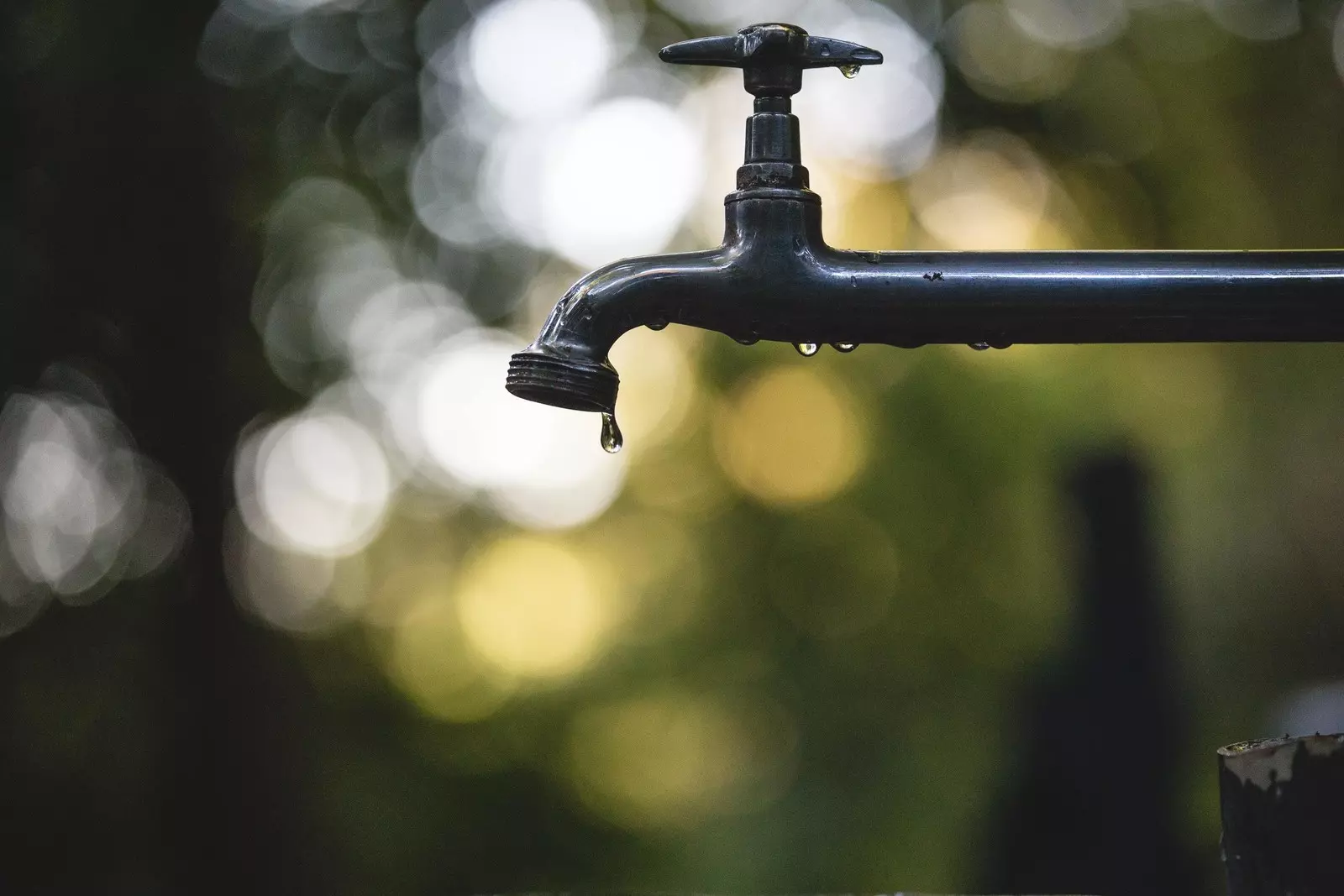-
The maze of pipes underneath our homes and cities are tricky to access and therefore expensive to maintain.
-
A mini-robot, called Joey, has been developed that can independently find its way through underground pipes.
-
The robot is cheap to produce, smart, small and light – allowing it to move through pipes despite the challenging terrain it’s faced with.
Copyright: weforum.org – “These smart mini-robots could soon clean and inspect pipes”
 Researchers from the University of Leeds have developed the first mini-robot, called Joey, that can find its own way independently through networks of narrow pipes underground, to inspect any damage or leaks. Joeys are cheap to produce, smart, small, and light, and can move through pipes inclined at a slope or over slippery or muddy sediment at the bottom of the pipes. Future versions of Joey will operate in swarms, with their mobile base on a larger ‘mother’ robot Kanga, which will be equipped with arms and tools for repairs to the pipes.
Researchers from the University of Leeds have developed the first mini-robot, called Joey, that can find its own way independently through networks of narrow pipes underground, to inspect any damage or leaks. Joeys are cheap to produce, smart, small, and light, and can move through pipes inclined at a slope or over slippery or muddy sediment at the bottom of the pipes. Future versions of Joey will operate in swarms, with their mobile base on a larger ‘mother’ robot Kanga, which will be equipped with arms and tools for repairs to the pipes.
Beneath our streets lies a maze of pipes, conduits for water, sewage, and gas. Regular inspection of these pipes for leaks, or repair, normally requires these to be dug up. The latter is not only onerous and expensive – with an estimated annual cost of £5.5bn in the UK alone – but causes disruption to traffic as well as nuisance to people living nearby, not to mention damage to the environment.
Now imagine a robot that can find its way through the narrowest of pipe networks and relay images of damage or obstructions to human operators. This isn’t a pipedream anymore, shows a new study in Frontiers in Robotics and AI by a team of researchers from the University of Leeds.
“Here we present Joey – a new miniature robot – and show that Joeys can explore real pipe networks completely on their own, without even needing a camera to navigate,” said Dr Netta Cohen, a professor at the University of Leeds and the final author on the study.
Joey is the first to be able to navigate all by itself through mazes of pipes as narrow as 7.5 cm across. Weighing just 70 g, it’s small enough to fit in the palm of your hand.
Pipebots project
Thank you for reading this post, don't forget to subscribe to our AI NAVIGATOR!
The present work forms part of the ‘Pipebots’ project of the universities of Sheffield, Bristol, Birmingham, and Leeds, in collaboration with UK utility companies and other international academic and industrial partners.
First author Dr Thanh Luan Nguyen, a postdoctoral scientist at the University of Leeds who developed Joey’s control algorithms (or ‘brain’), said: “Underground water and sewer networks are some of the least hospitable environments, not only for humans, but also for robots. Sat Nav is not accessible undergound. And Joeys are tiny, so have to function with very simple motors, sensors, and computers that take little space, while the small batteries must be able to operate for long enough.”[…]


The maze of pipes underneath our homes and cities are tricky to access and therefore expensive to maintain.
A mini-robot, called Joey, has been developed that can independently find its way through underground pipes.
The robot is cheap to produce, smart, small and light – allowing it to move through pipes despite the challenging terrain it’s faced with.
Copyright: weforum.org – “These smart mini-robots could soon clean and inspect pipes”
Beneath our streets lies a maze of pipes, conduits for water, sewage, and gas. Regular inspection of these pipes for leaks, or repair, normally requires these to be dug up. The latter is not only onerous and expensive – with an estimated annual cost of £5.5bn in the UK alone – but causes disruption to traffic as well as nuisance to people living nearby, not to mention damage to the environment.
Now imagine a robot that can find its way through the narrowest of pipe networks and relay images of damage or obstructions to human operators. This isn’t a pipedream anymore, shows a new study in Frontiers in Robotics and AI by a team of researchers from the University of Leeds.
“Here we present Joey – a new miniature robot – and show that Joeys can explore real pipe networks completely on their own, without even needing a camera to navigate,” said Dr Netta Cohen, a professor at the University of Leeds and the final author on the study.
Joey is the first to be able to navigate all by itself through mazes of pipes as narrow as 7.5 cm across. Weighing just 70 g, it’s small enough to fit in the palm of your hand.
Pipebots project
Thank you for reading this post, don't forget to subscribe to our AI NAVIGATOR!
The present work forms part of the ‘Pipebots’ project of the universities of Sheffield, Bristol, Birmingham, and Leeds, in collaboration with UK utility companies and other international academic and industrial partners.
First author Dr Thanh Luan Nguyen, a postdoctoral scientist at the University of Leeds who developed Joey’s control algorithms (or ‘brain’), said: “Underground water and sewer networks are some of the least hospitable environments, not only for humans, but also for robots. Sat Nav is not accessible undergound. And Joeys are tiny, so have to function with very simple motors, sensors, and computers that take little space, while the small batteries must be able to operate for long enough.”[…]
Read more: www.weforum.org
Share this: